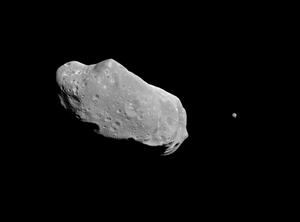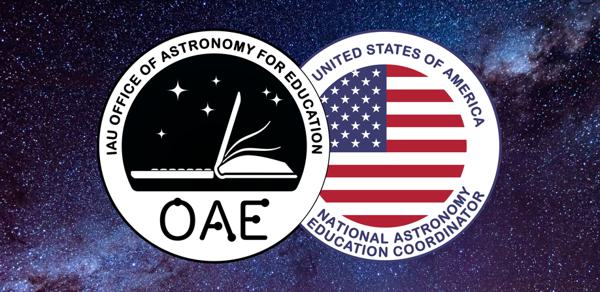Glossary term: Cinturón de Asteroides
Description: El cinturón de asteroides está situado en una región entre los planetas Marte y Júpiter; orbitan en esta región el planeta enano Ceres y un enorme número de asteroides, en su mayoría pequeños, que consisten principalmente en rocas y algunos minerales. El cinturón de asteroides se ha descrito como el cinturón principal de asteroides para distinguirlo de otros cuerpos pequeños que se encuentran en el Sistema Solar, es decir, los objetos cercanos a la Tierra y el grupo de Troyanos.
Related Terms:
See this term in other languages
Term and definition status: The original definition of this term in English have been approved by a research astronomer and a teacher The translation of this term and its definition is still awaiting approval
The OAE Multilingual Glossary is a project of the IAU Office of Astronomy for Education (OAE) in collaboration with the IAU Office of Astronomy Outreach (OAO). The terms and definitions were chosen, written and reviewed by a collective effort from the OAE, the OAE Centers and Nodes, the OAE National Astronomy Education Coordinators (NAECs) and other volunteers. You can find a full list of credits here. All glossary terms and their definitions are released under a Creative Commons CC BY-4.0 license and should be credited to "IAU OAE".
If you notice a factual or translation error in this glossary term or definition then please get in touch.
Related Media
Ceres
Credit: NASA / JPL-Caltech / UCLA / MPS / DLR / IDA / Justin Cowart
License: CC-BY-2.0 Creative Commons Atribución 2.0 Genérica icons
Ida and Dactyl
Credit: NASA/JPL credit link
License: PD Public Domain icons










